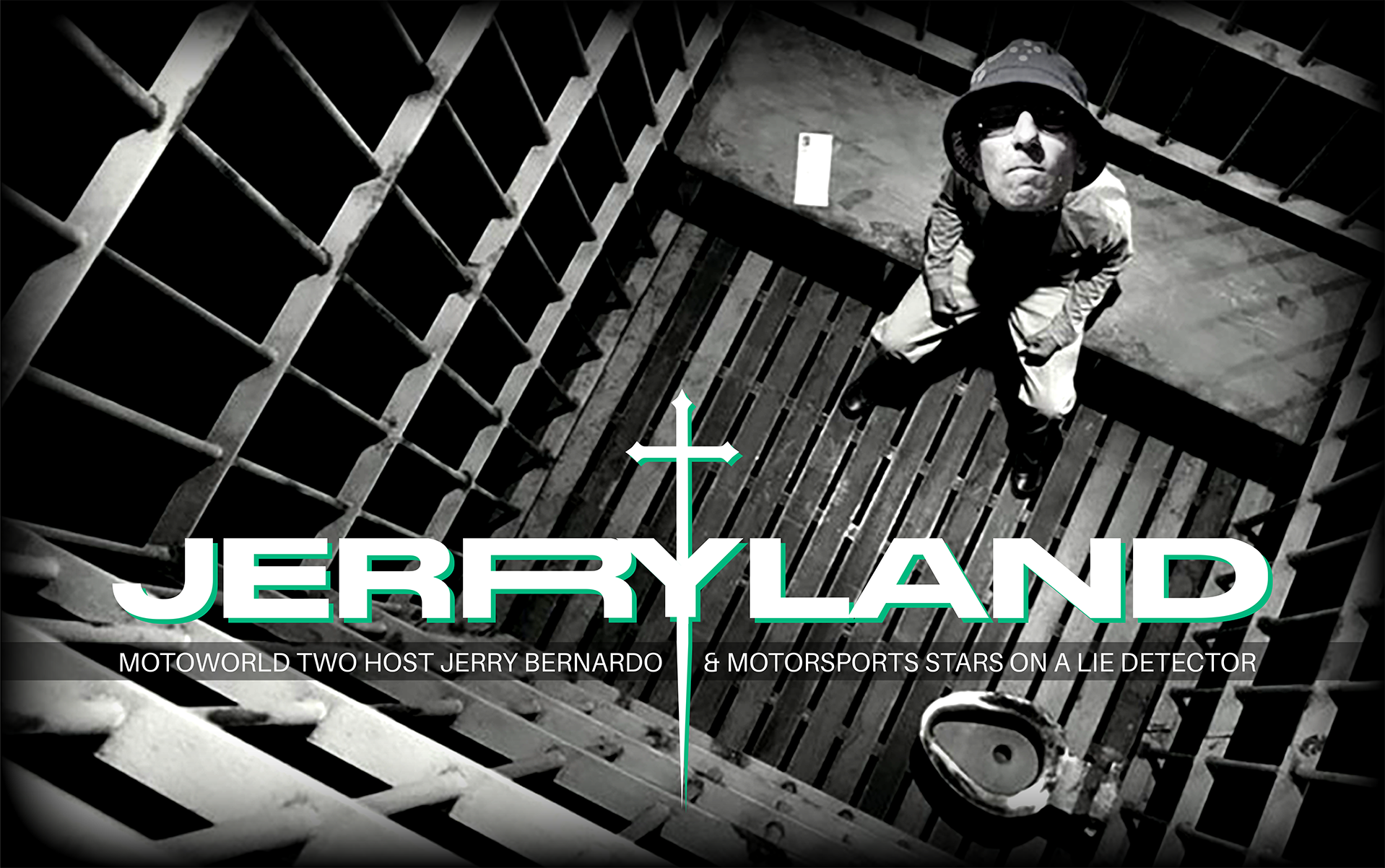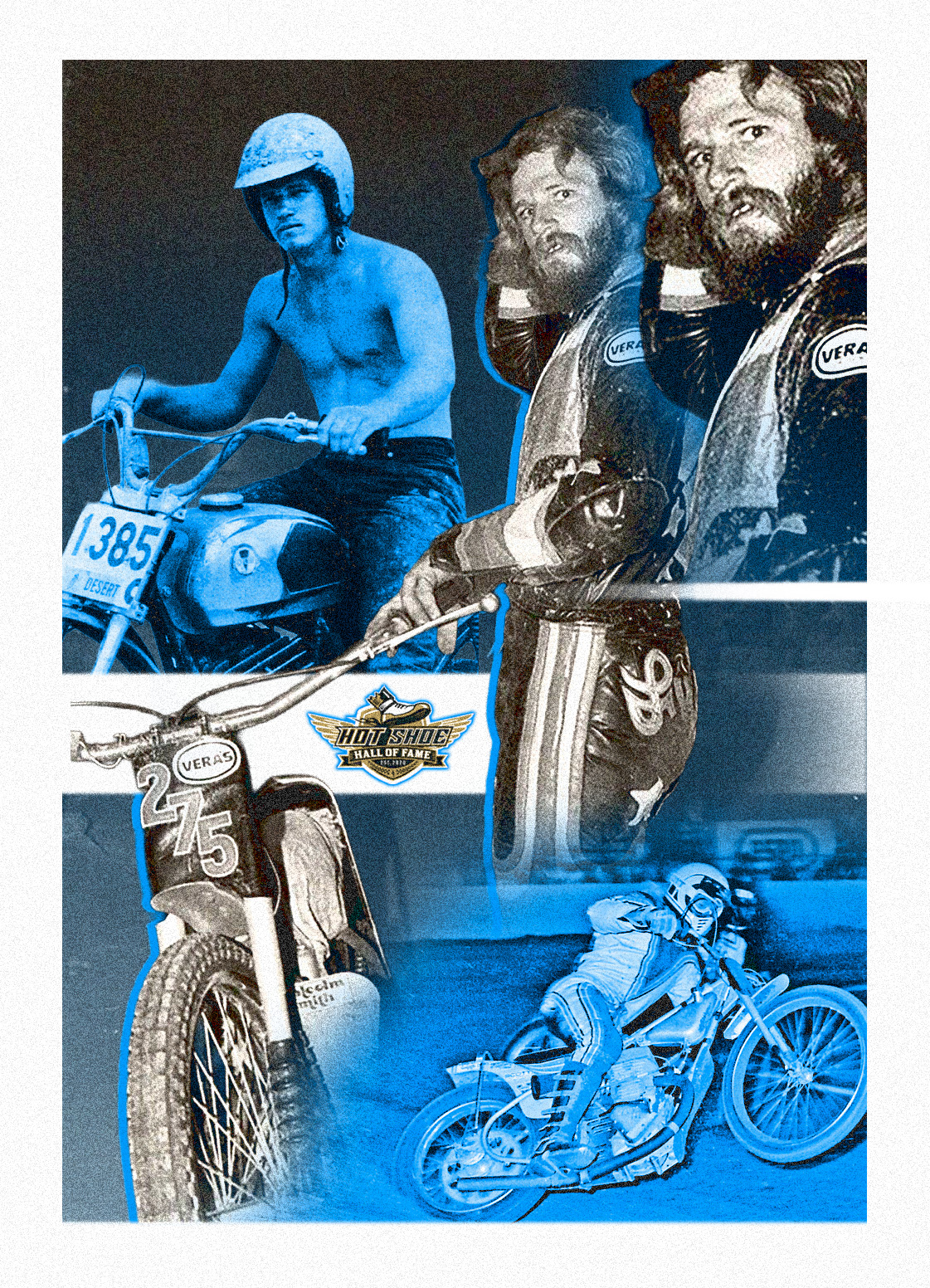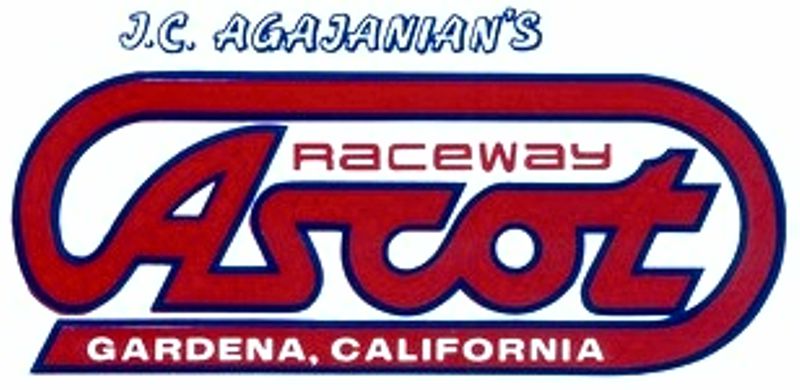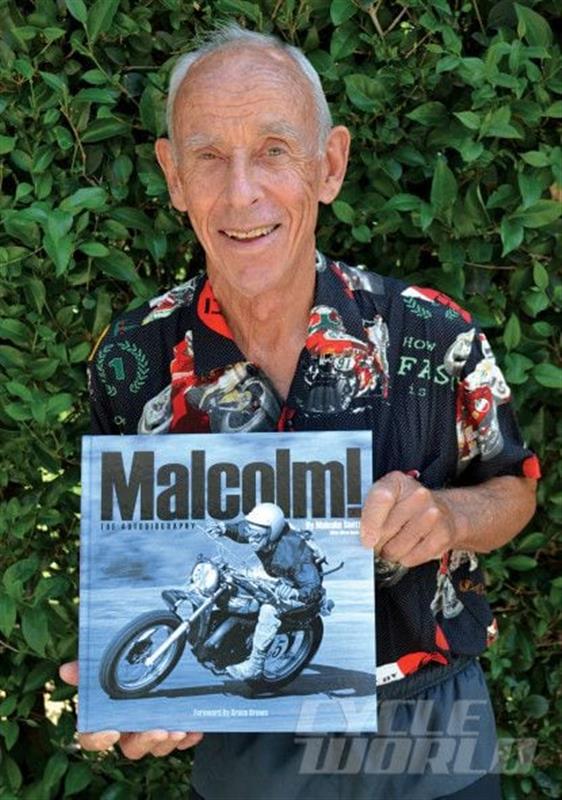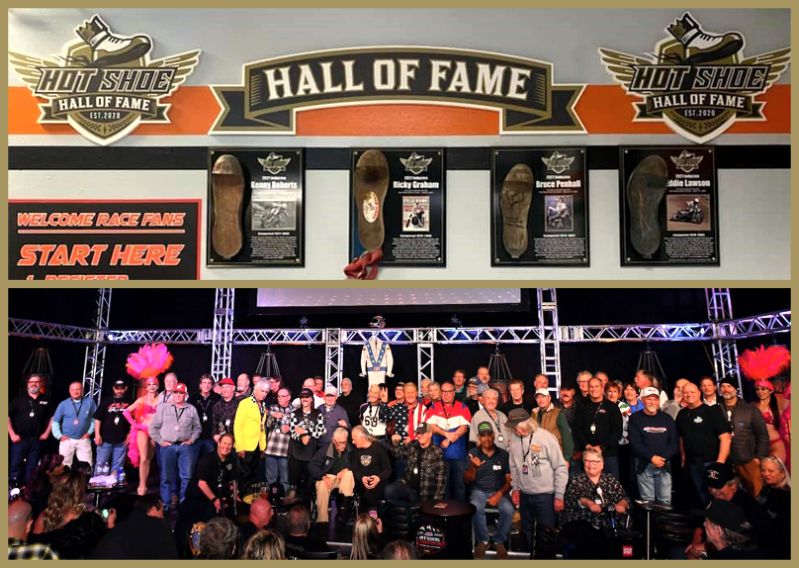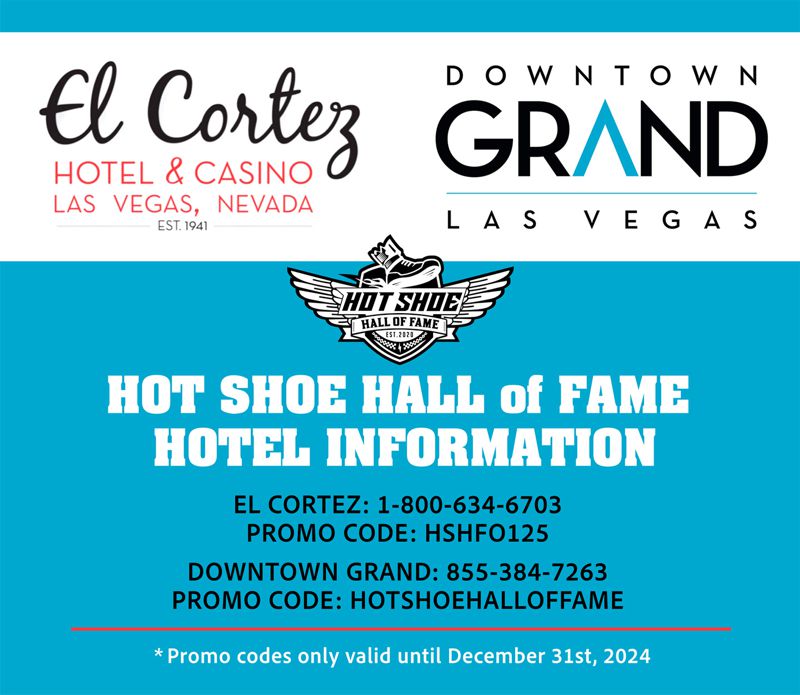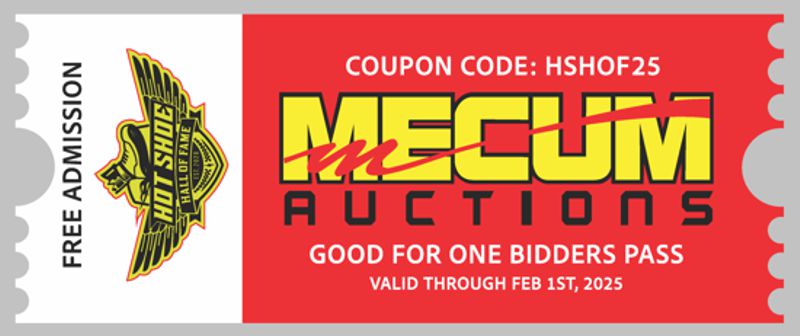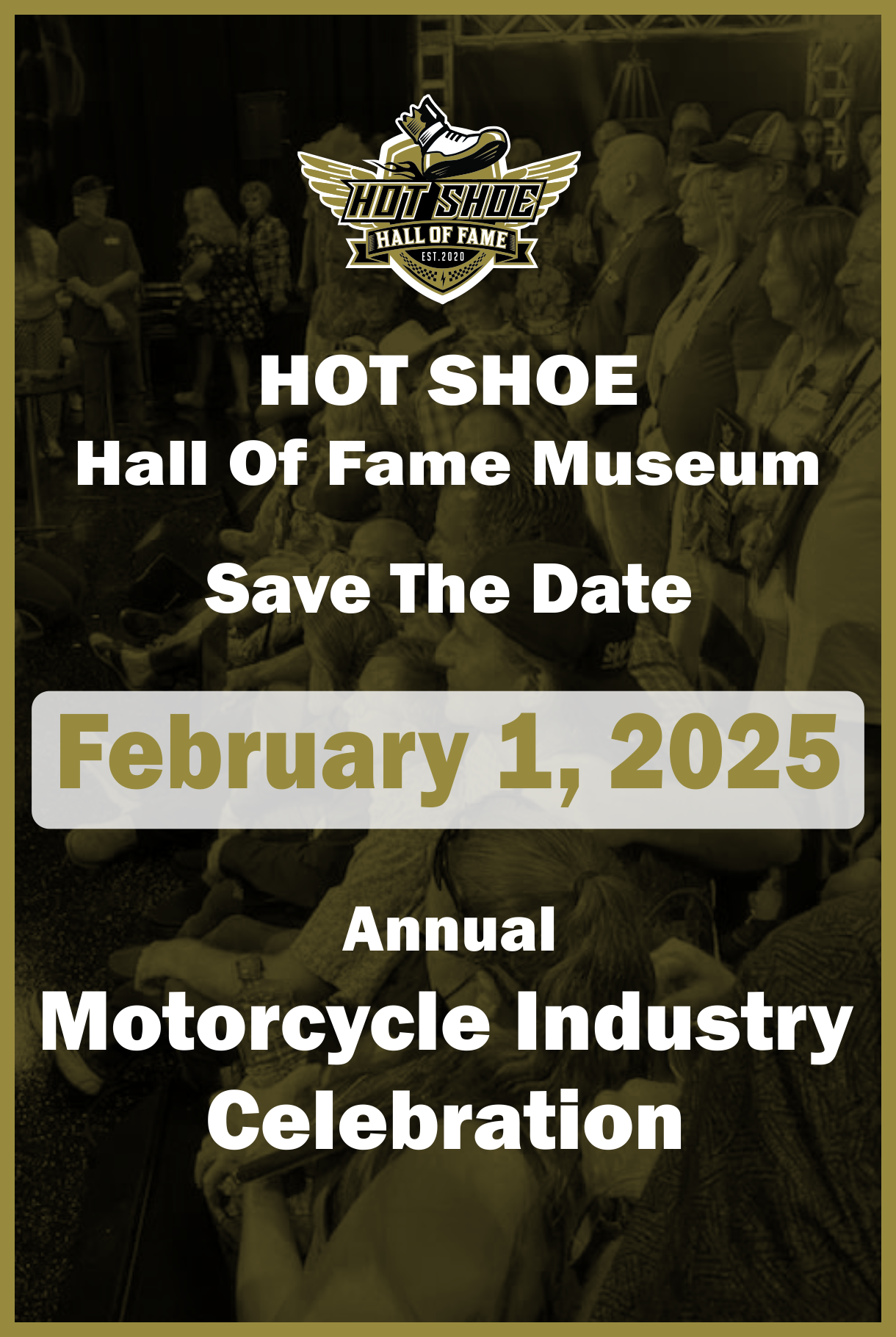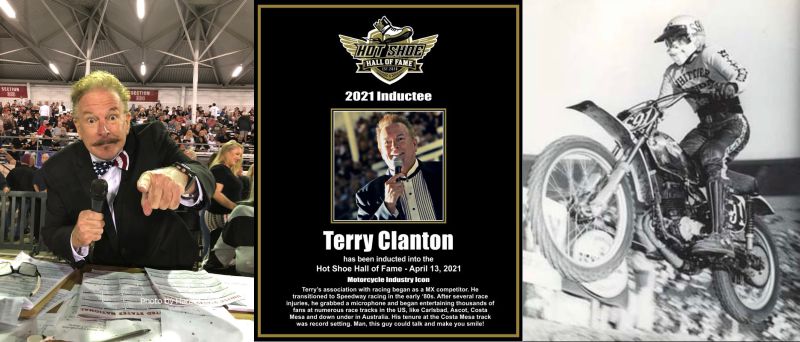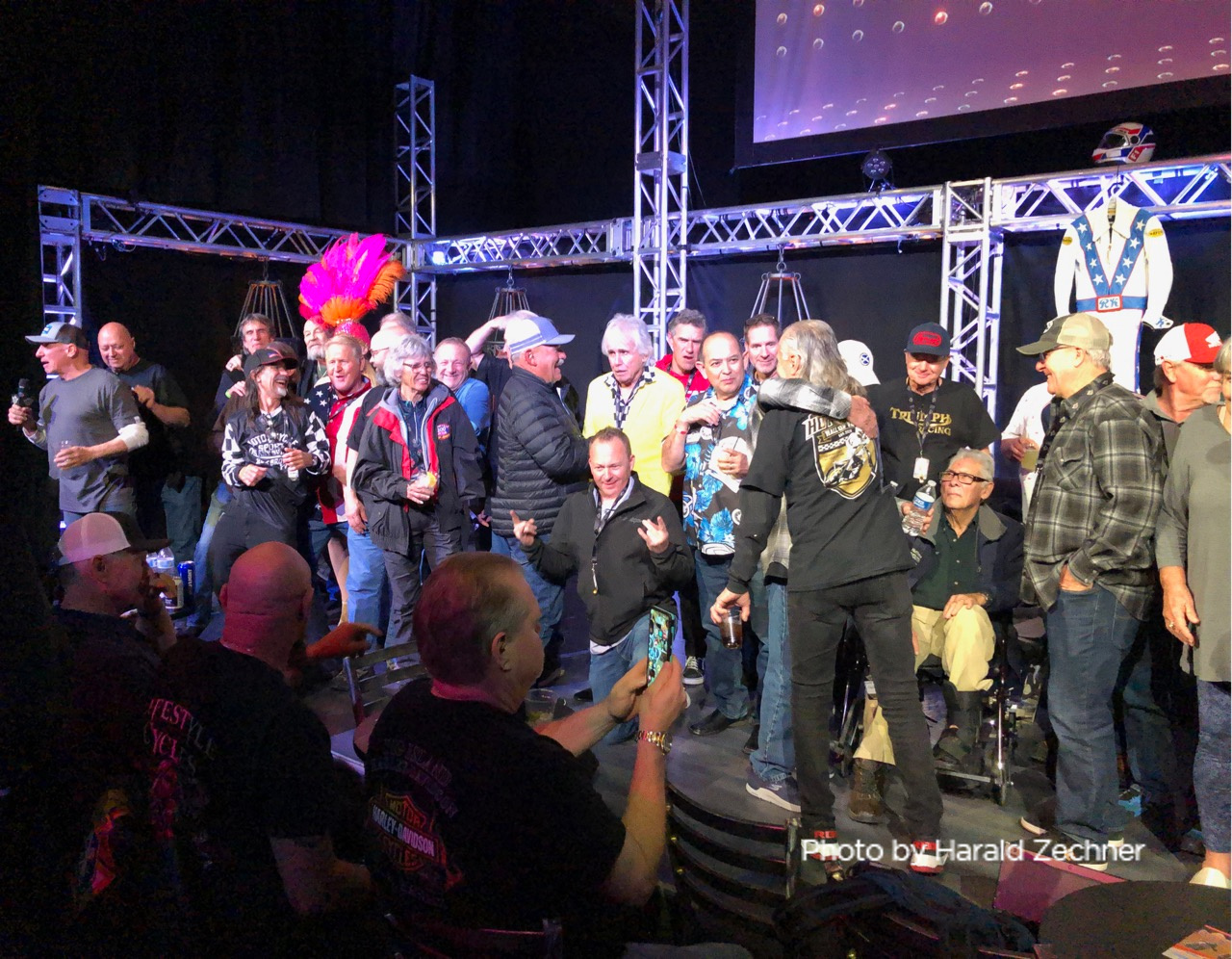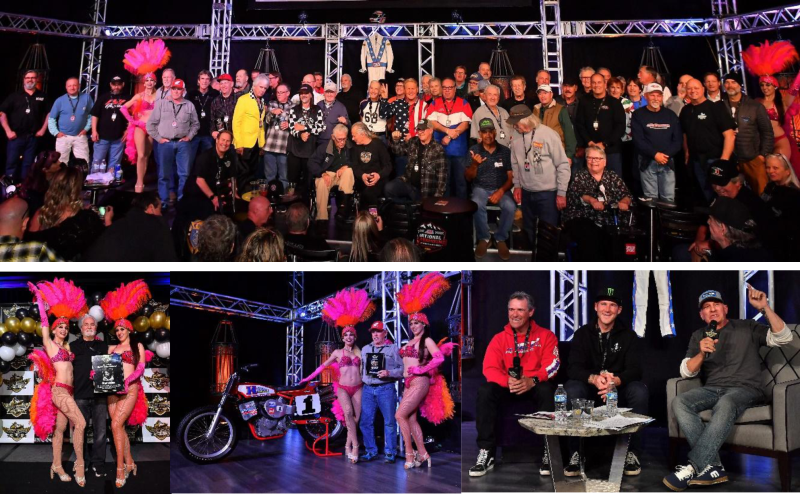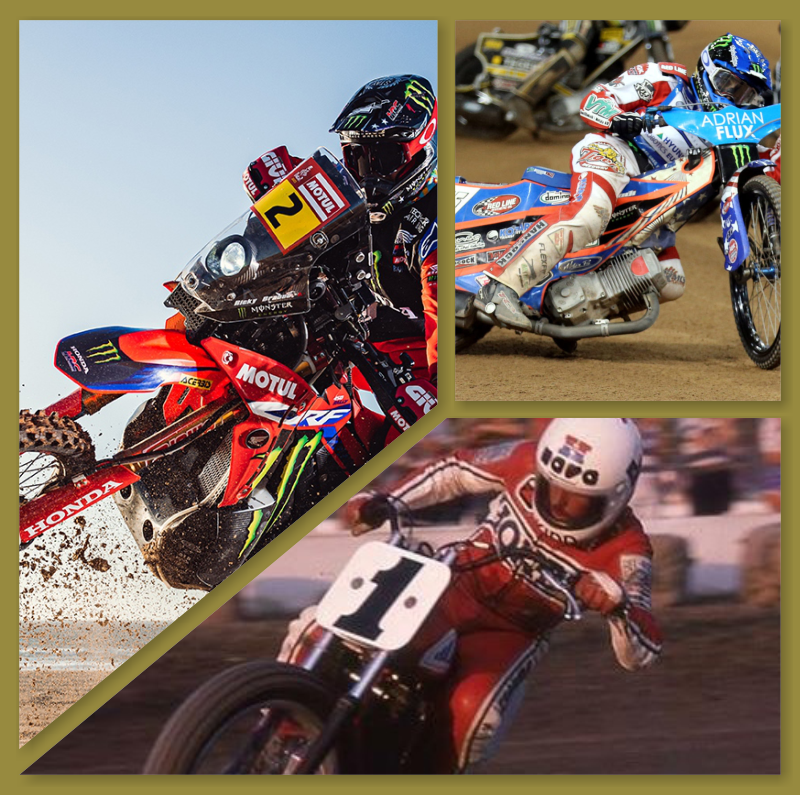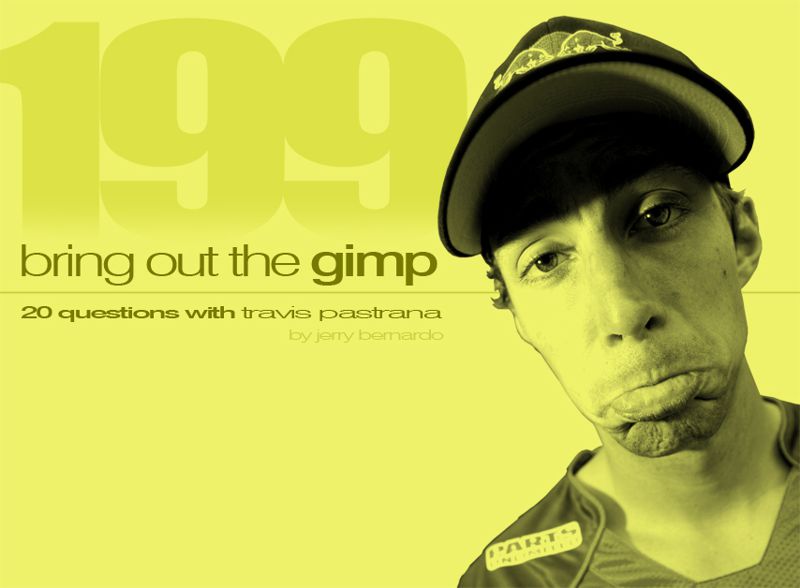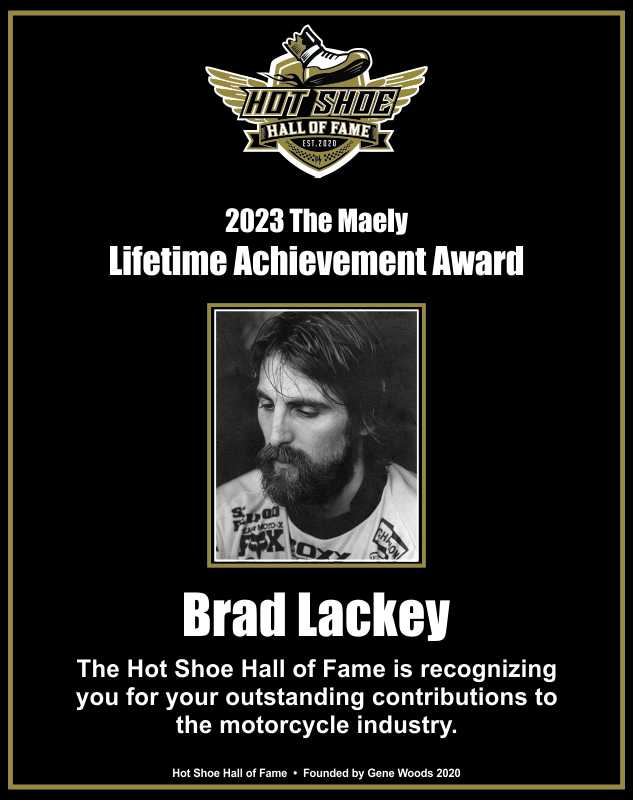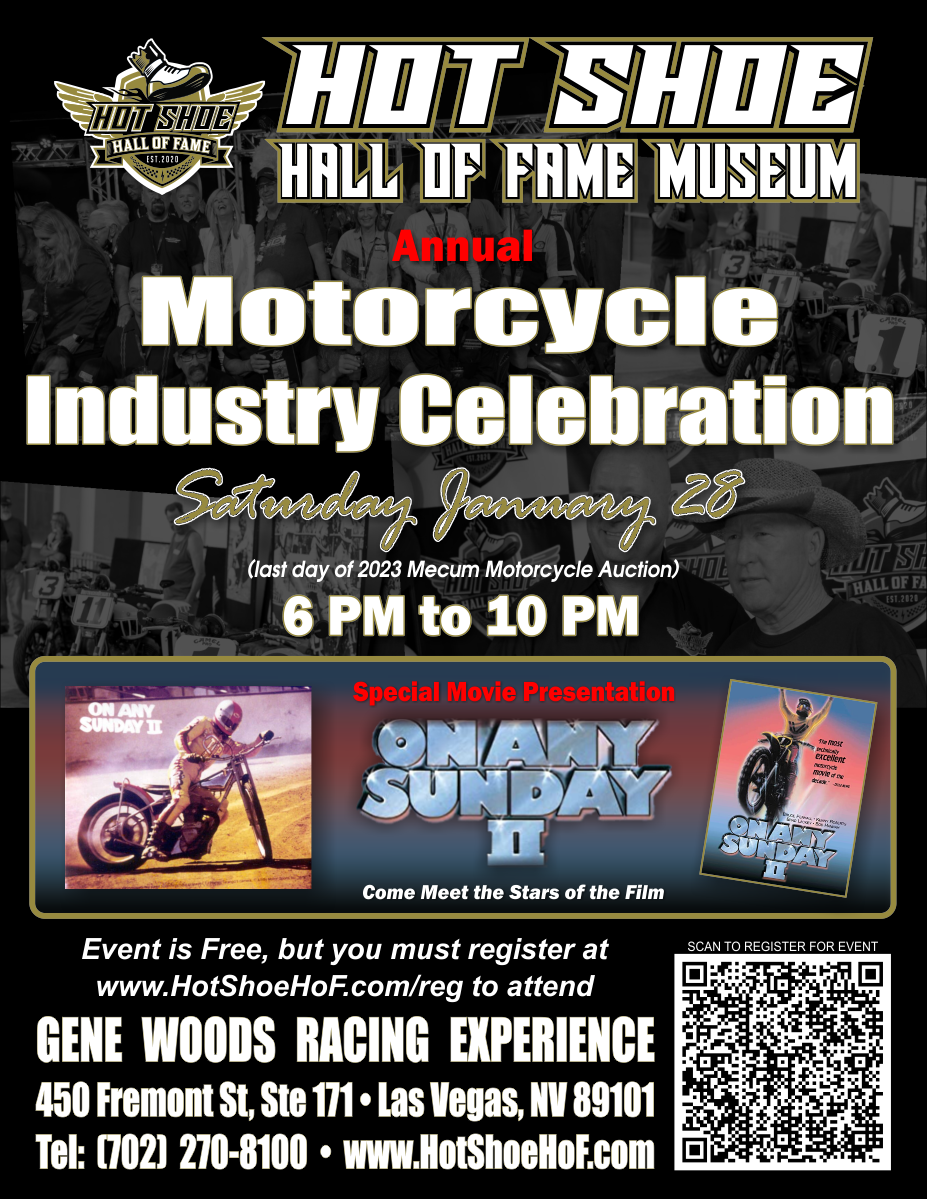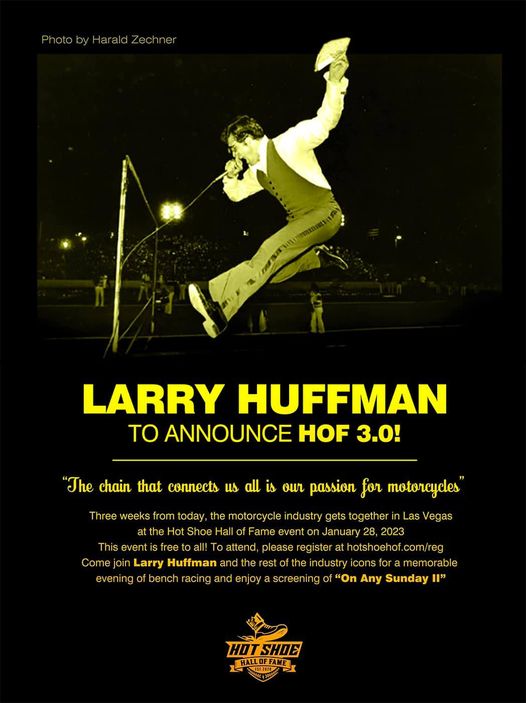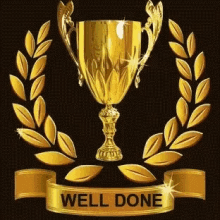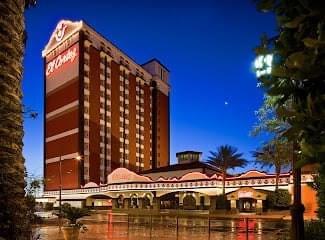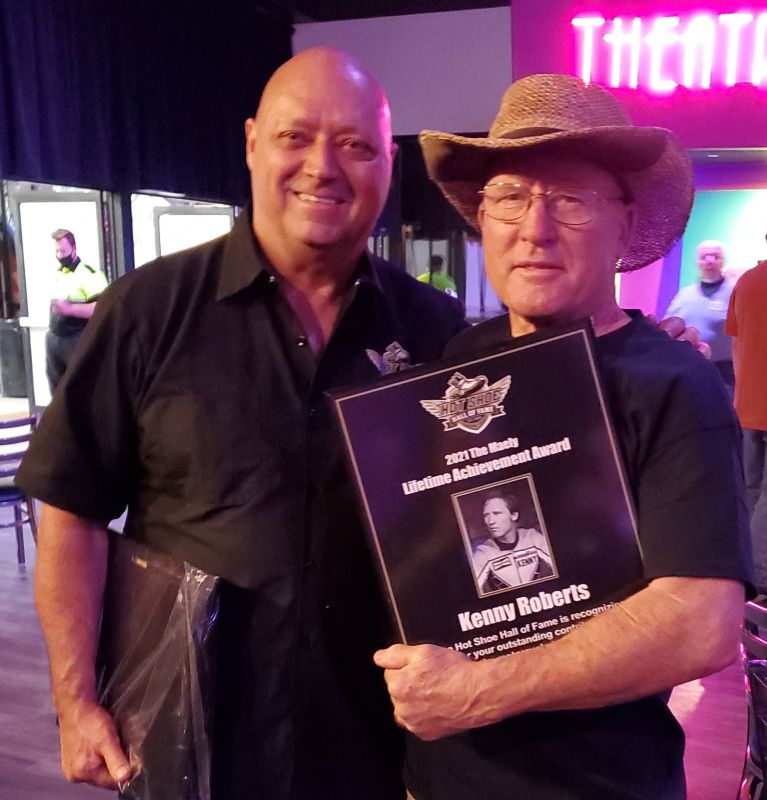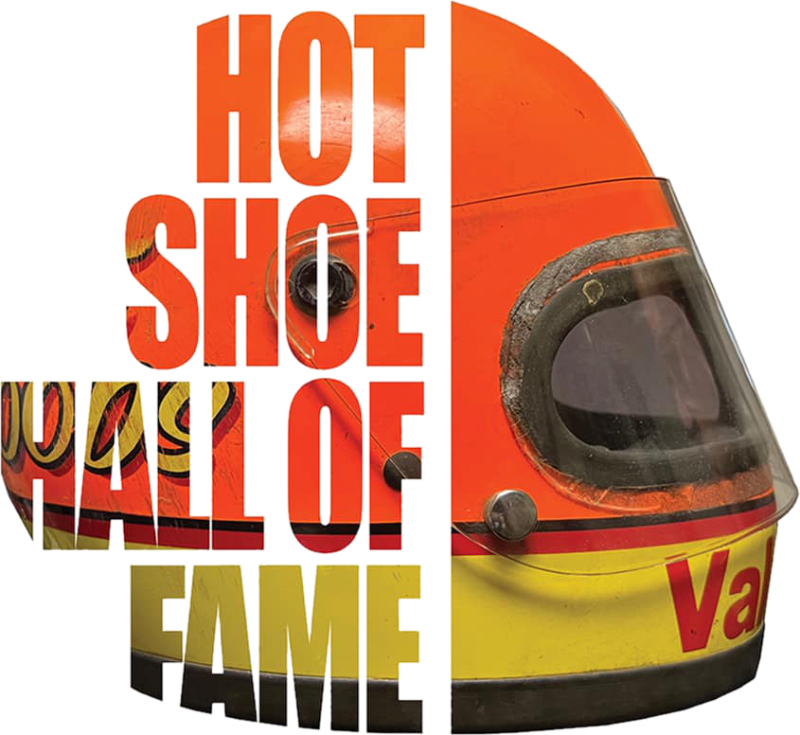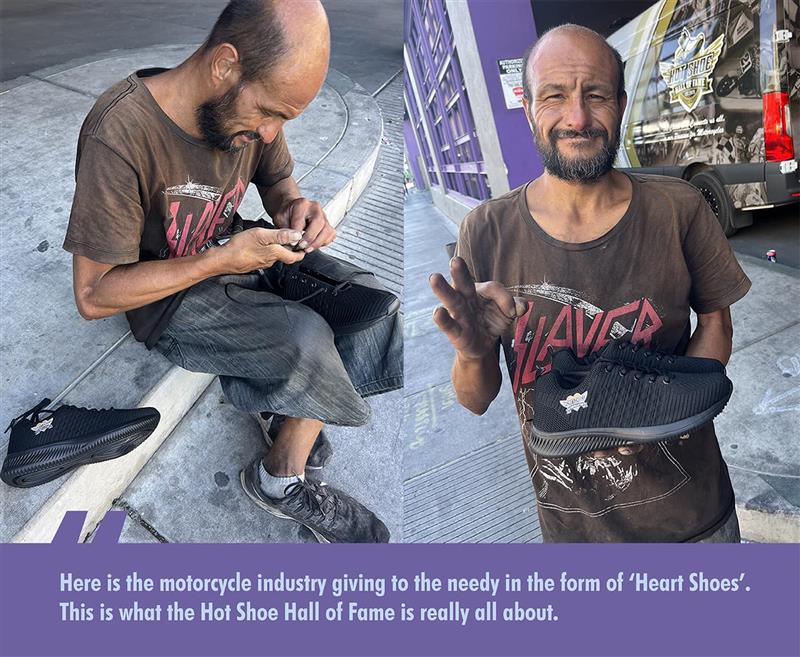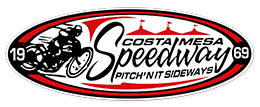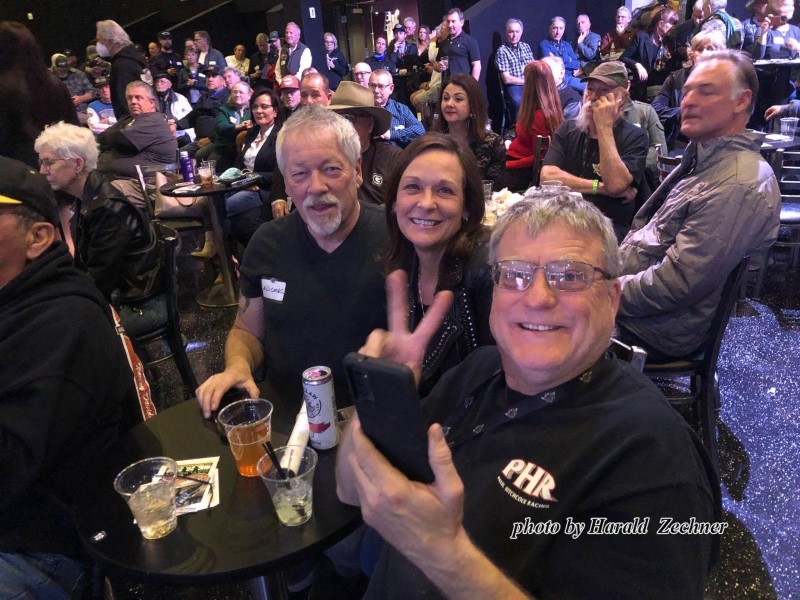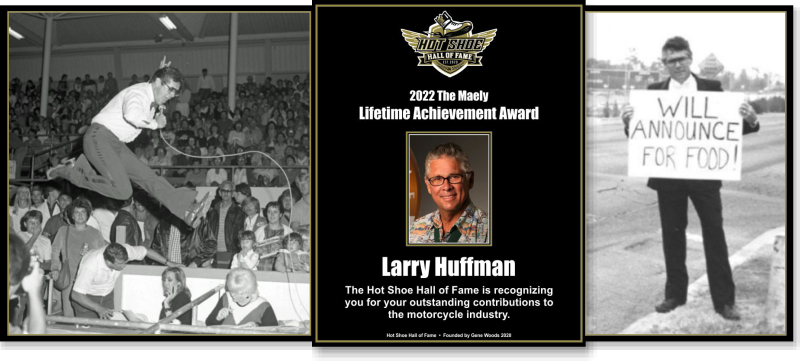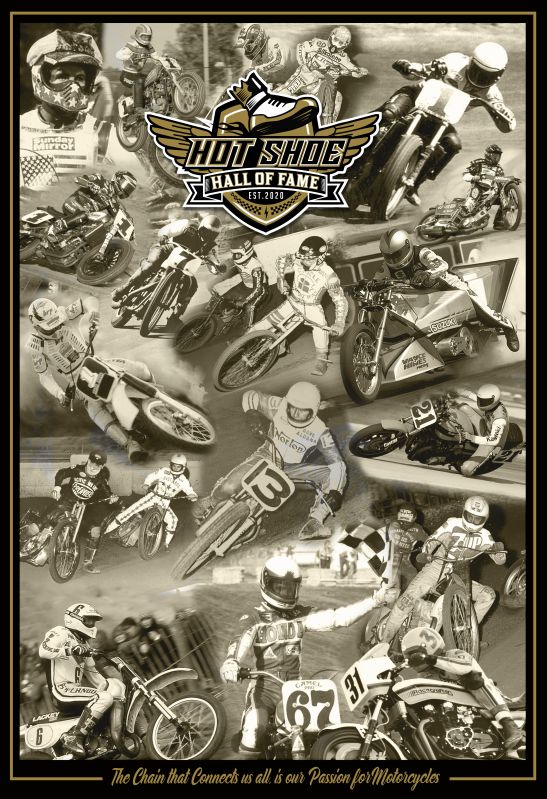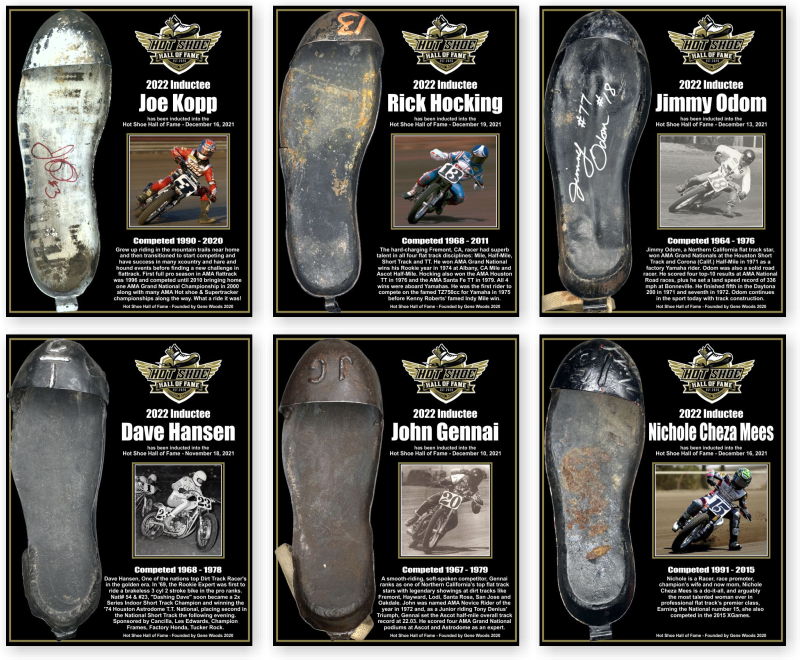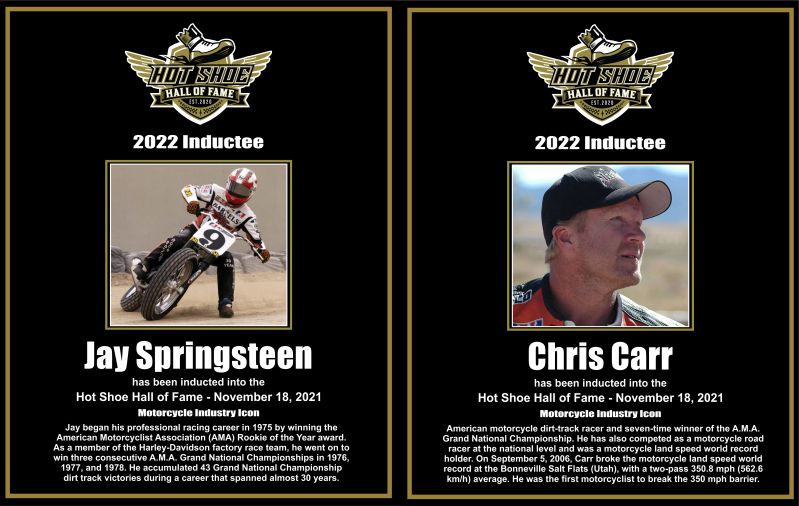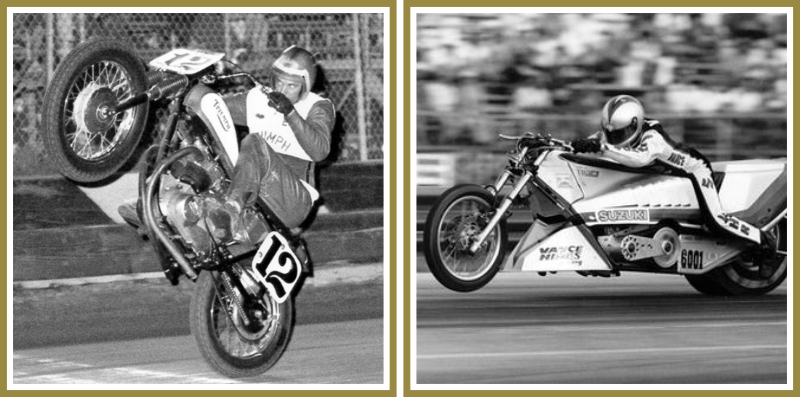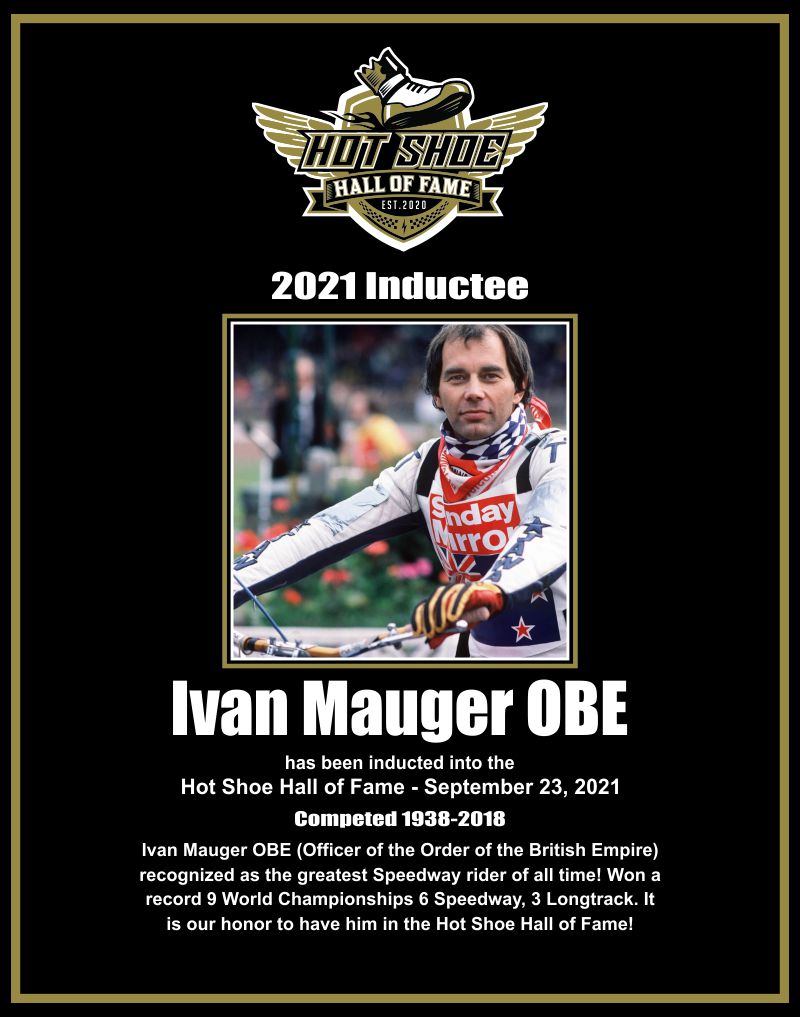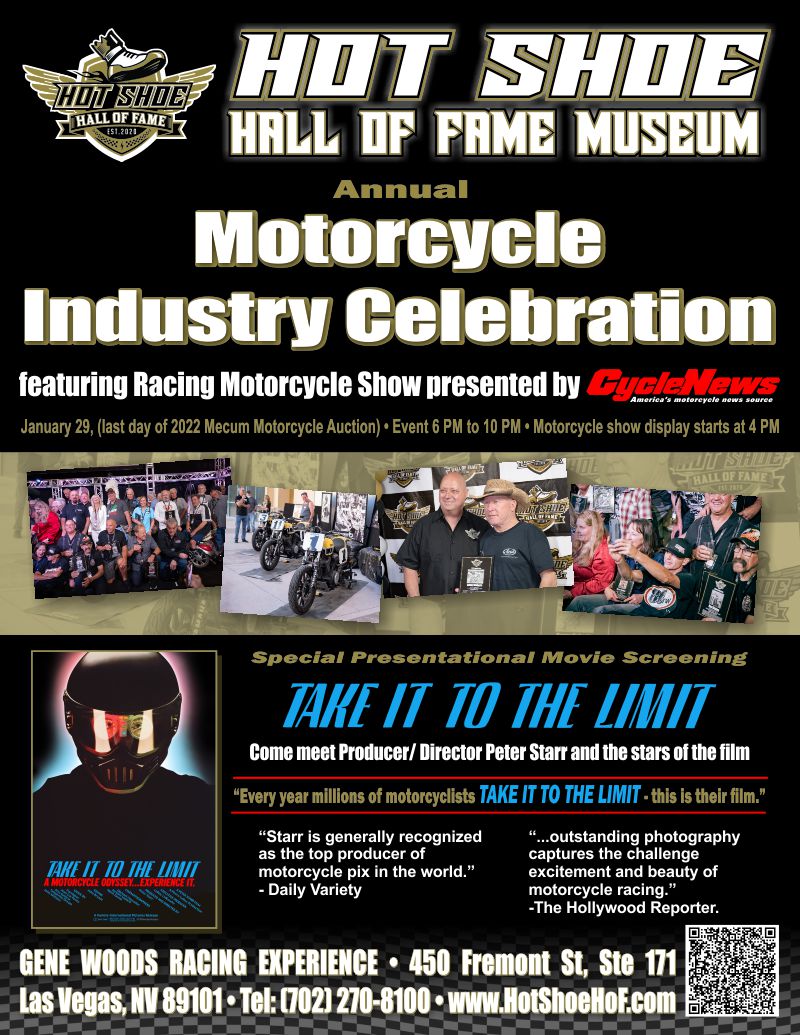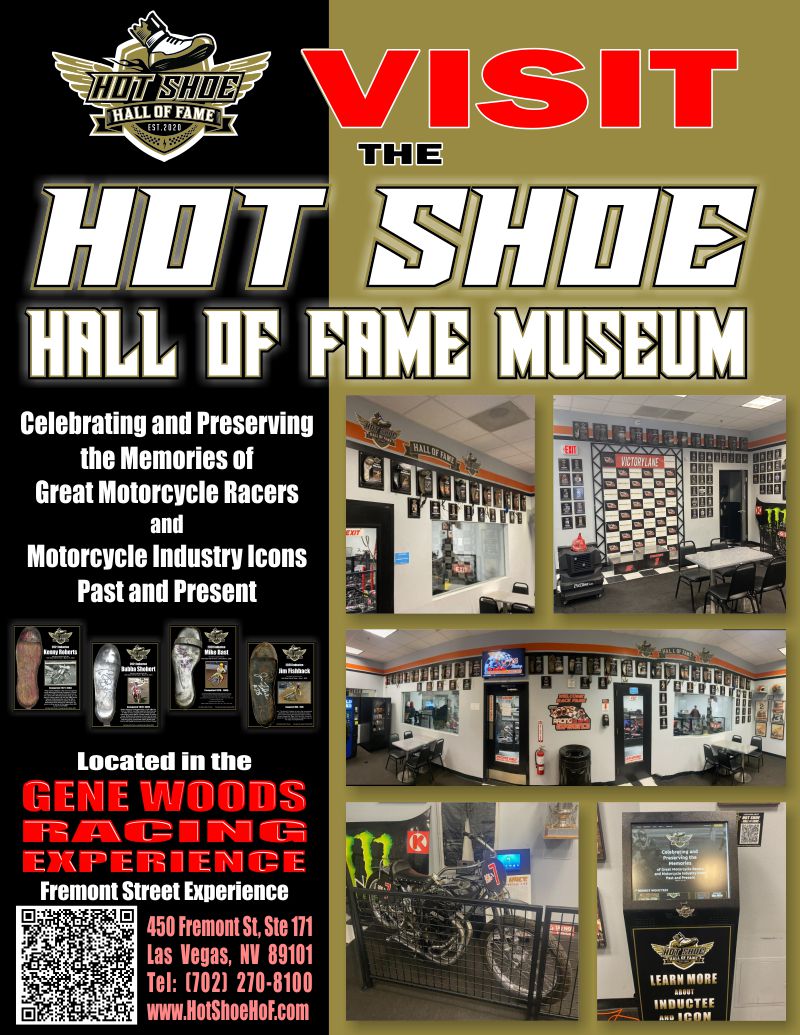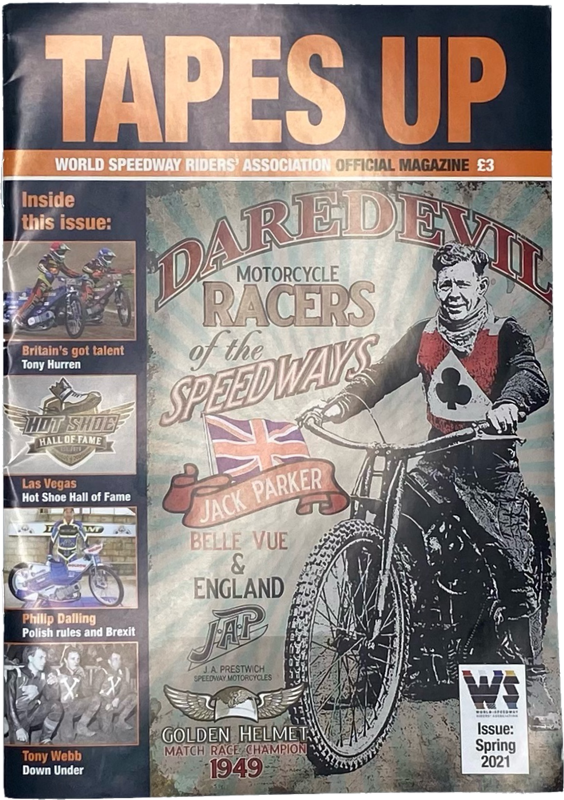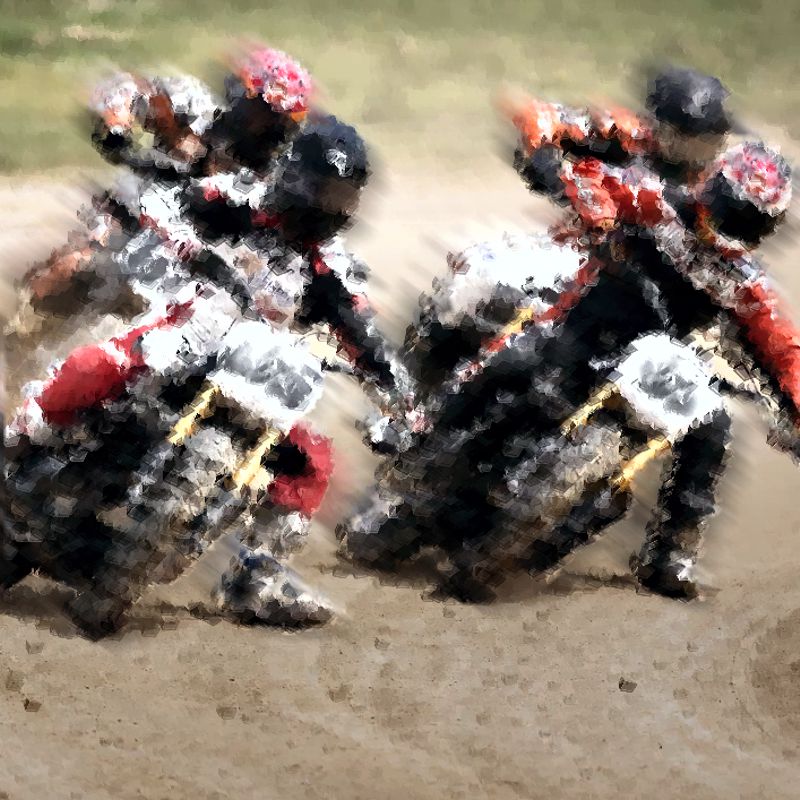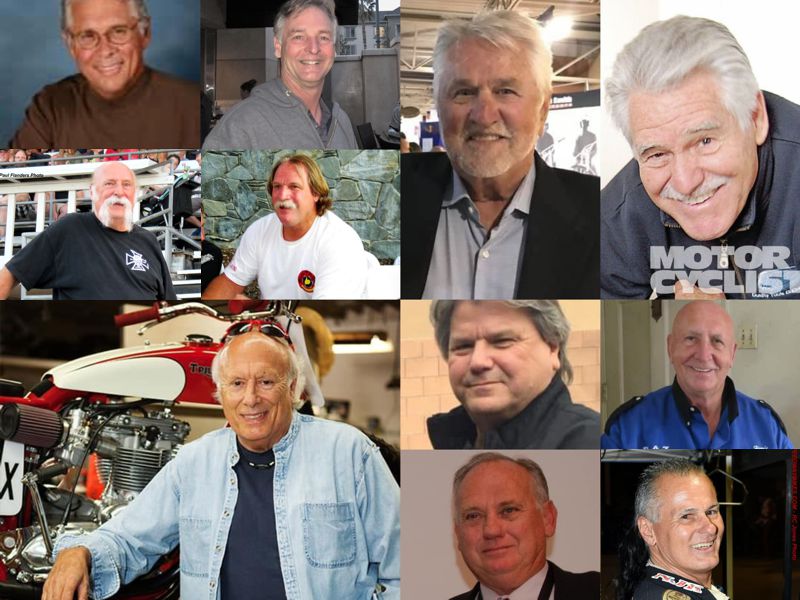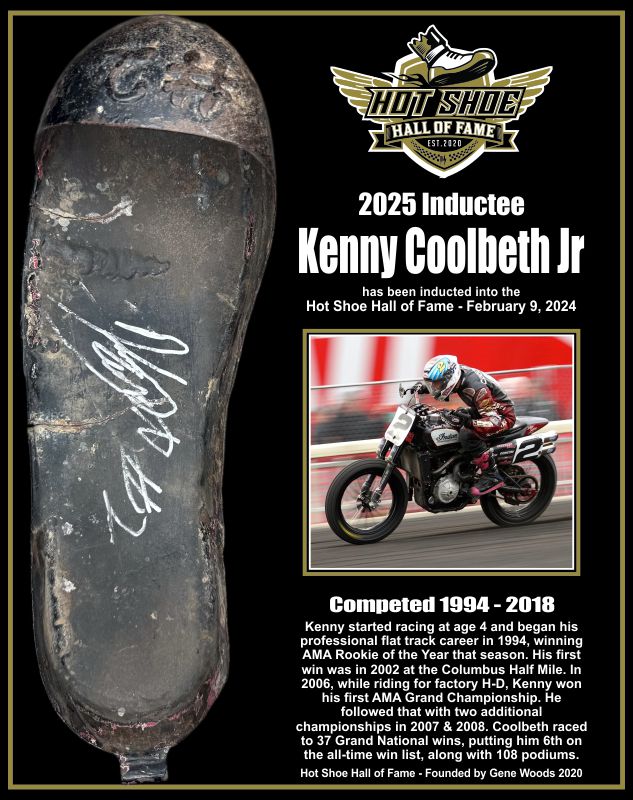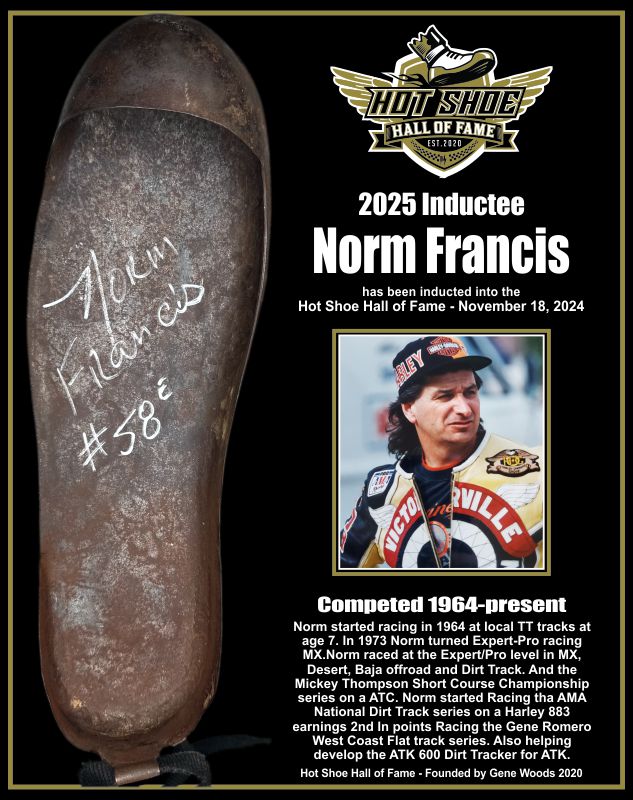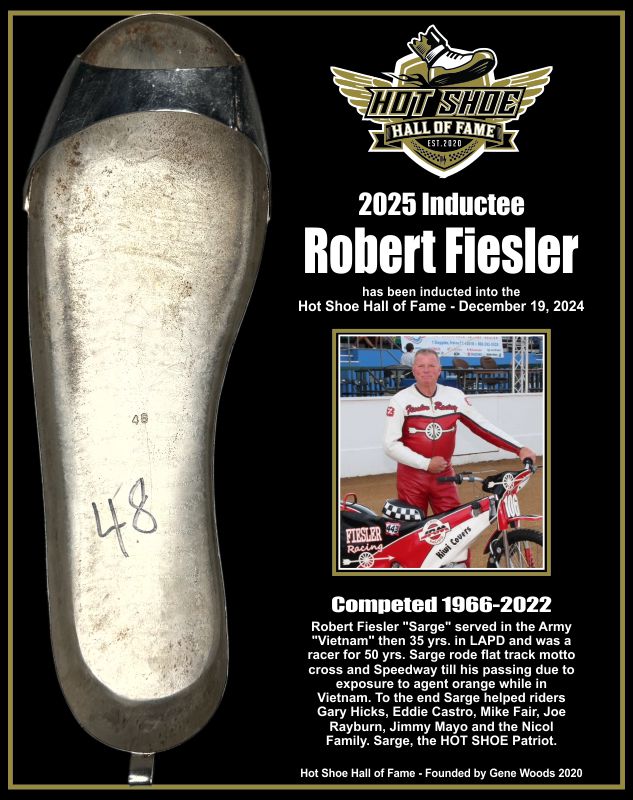news
Five Questions with Jim “The Animal” Fishback: Jack of All Throttle Trades
Five Questions with Jim “The Animal” Fishback: Jack of All Throttle Trades
by Jerry Bernardo
JB: You are mostly well-known in So Cal motorsports circles as a top tier speedway rider back in your day. Talk to me a bit about the era prior to that, racing off road and teaming up with people like the great Larry Roeseler.
JF: My dad has had motorcycles since I was about 4 years old, I believe. How it started for him was I think 1958 when he put myself and my sister along with my mother on a train to go to Seattle to visit her parents. Story goes on his way home he saw a Triumph for sale along the road, so he traded the only car we had for the motorcycle. I guess my mom wasn’t happy to learn about their new transportation. She no longer had a car to get to work so she learned about motorcycles and my dad’s love for them. When I was 12 years-old he bought a motorcycle store in Fontana that was originally owned by K&N Motorcycles and named in Yamaha of Fontana. I was living in a small community now known as Rancho Cucamonga and there was nothing around us except open desert type terrain so riding dirt bikes was what I did every day after school. This was the time when I met Rex Staten as he lived near me so would see him out riding with his dad. I was there when CMC first started promoting MX races and the first spot, they had races was at the old Fontana drag strip which was about two miles from my house. I was on a Yamaha DT-1 which was OK for starters, but it wasn’t a competitive MX bike. In 1970 at 16 I got my first CZ and man, what a difference that made in my riding. I was winning some local events and when CZ decided they were going to race the Mint 400 Desert race and they had an extra team when the guys that were going to ride it backed out. The manager at CZ, Ted Moore asked if I would like to ride a new CZ 250 enduro along with a guy who was a veteran desert racer that worked at our shop. As it turned out my team was the only CZ to finish at 10th overall. The guys at CZ were impressed and asked if I would like to go to Czechoslovakia for a MX riding school for a month. I just started my sophomore year and was about to take a month off to go ride motorcycles. This was when Brad Lackey went. I was his roommate along with Sonny Defoe. There were ten Americans, two Canadians and three riders from Belgium. After a month they were going to keep the best rider to stay and race a CZ on the GP circuit. That's where Brad first got his start in GP racing. After two years back I was ready for a change in racing and the guys at our shop were all avid desert racers. It turned out desert racing wasn’t just one day of racing; it was a weekend of riding seeing friends, then on Sunday morning was two whole hours of racing. I just liked riding bikes, so it was a good fit for me. I met a lot of great riders and Larry Roeseler was a member of the club I joined. I was 18 at the time. I think Larry was about 14 years-old then. After the first race of riding my stock MX CZ and having some parts falling off the mechanics at our shop took over working my bike and making it a real desert bike. They added a new five speed gearbox, bigger CZ enduro gas tank, skid plates and beefed-up exhaust pipe for rock damage. I was riding for CZ still so breaking down wasn’t an option. I won my class 24 times and had six overall wins that year and earned the #1 plate for 1972. 1973 was when I had a chance to get on a 400 CZ and we did the same mods and my 400 CZ with a five-speed gearbox, it went crazy fast, to the point if you weren’t ready, it would throw you down hard. I won the Check Chase that year by 17 minutes after 245 miles and was second at the Barstow to Vegas behind Mitch Mayes. In 1974 I was starting a new desert campaign but had a couple of injuries and crashing at 80 mph by yourself in the desert wasn’t what I wanted to do. I had gone to a Speedway race and once you see how crazy that is I was hooked, so with the money I won racing in the desert I bought myself a new speedway bike. I was still racing desert and riding the speedway bike during the week until I had another hard crash in the desert and decided that's enough.
JB: Some of your most notable offroad wins were the Baja 1000, the Mint 400 and taking home gold at the International Six Days Enduro (ISDE). Which one of those stands out to you as one of your greatest accomplishments?
JF: After a few years of riding speedway, it was 1978 and still being friends with LR I would ask him what races he had coming up. He mentioned the Six Days trial qualifiers in a couple of weeks. To ride the Six Days events, you must send in a letter of intent to the AMA. Next, I had to grab a new Yamaha YZ from the shop and make it a desert bike or Six Days bike. To be able to do the 6 Days program you really need factory support in case you make the AMA cut. You had to be in the top eight or 10 per class to qualify to go. I still was without any help so I called Yamaha and talked to the team manager and told them my problem and could they be of any help. They had already made their team and wished me good luck. I had already entered the first two events: first one was Cal City, and the next week was Fort Hood Texas, so I was just going to ride them for some fun. Cal City was better for those from So Cal and all the desert guys were there, but it isn’t 100 miles of wide-open, it was three short sprints of about seven miles or so then a little MX after the end of the lap each day. Funny thing about that type of racing is you never know how you’ve done until it's over. You can ask each other how you did but we all know racers all lie. I ended up winning the first event overall much to everyone's surprise because I was known at the time as a speedway rider. I hadn’t been to a desert race in almost four years. I don’t think the Yamaha team had anyone in the top five in any class. I went down to Fort Hood and the night before the race and got a call at my hotel from the Yamaha team manager asking if I would like them to pit for me, but I declined because I had people come from So Cal to help me and I wasn’t going tell them never mind. Same Six Days event but Texas wasn’t like Cali, it was worse. I just rode hard enough to feel competitive, but you never know how you're doing with how they run the events. After Day two they had the trophy presentation that night and hearing the top 10 announced starting at 10th I was getting nervous on my results especially after I heard who 2nd place was. I told my dad right then I that had thought I had a good race but maybe the riders back east are really that fast. It turns out that they were fast, but not fast enough. I won the O/A and the 500cc class for two weeks in a row. On the plane going home my Dad asked me; “Now what?” because he knew the deal about getting to Sweden with bikes and pitting and everything it takes. I just told him I’m busy working and riding speedway, so we're done with these Six Days events for now. On Tuesday morning I got a call at home from Yamaha asking if I could come down and talk. I got more than I originally hoped for with a full off road factory ride and all expenses paid for. I went from doing it myself to them doing it for me. I was teamed with the great Carl Cranke. To hear about him all those years before I was in shock meeting him and he was exactly how I read about him only more so. He is a great rider and had done everything and knew everyone. He was the nicest, coolest, most friendly guy I have ever met. Even on a bad day on the bike he still had a smile and something to laugh about. At the Six Day trials he was like a rockstar: every top rider and team managers from all countries had to come talk to Carl Cranke. Sweden, for me ended on the morning of the sixth day when I missed a turn off the pavement and started to panic and thought I must have lost about five minutes when I found the turn I missed. It was onto a big two-lane gravel road that looked freshly graded and it had rained the night before, so I was on the gas and feeling good. I come over a rise in fifth gear and it made a hard 90-degree turn. I downshifted two gears hit the berm on the outside and got back on the gas but when I looked up there was a tree about 2’ ft. in diameter right in my face. I just cleared my handlebars from the tree, but my left arm and my left leg smashed into it with full force. The bike landed on the other side of the road, and I was still against the tree when I realized what happened and after a bit I got up and tried to get to my bike, but my left arm was broken in three places, and it dropped straight down. The break was midway between my elbow and my wrist. My leg felt worse but that turned out to be a deep thigh bruise that took much longer to heal than the four months it took for my arm. I was airlifted out by a medevac helicopter after being given morphine. That Six Days went from Gold to the hospital because I wasn’t paying attention and missed a turn and panicked to catch up. The next two years were Germany and then France. 1979 Germany it was a Gold and 1980 France I had a bad test day with little crashes but when seconds count crashing hurts your score, and I ended up with a Silver. The last year that Yamaha did the Six Days was 1980 and they also had a Baja program. With Larry Roeseler and Jack Johnson on a Yamaha 465. Bruce Ogilvie was teaming with Chuck Miller on another 465 and myself with Bob Rutten on a 250. Yamaha won all the score events that year overall and Bob and myself won the 250cc class in all five of the events. We were also high point team and overall high point for Score by winning our class in every event. 1980 was really a busy fun year after the Six Days in France I was home for a week then I went down to Mexico for the Baja 1000. After two weeks in Baja, I just pulled into the driveway and the wife says we need to go to the hospital it’s baby time. In one month in 1980 I had Six Day trials in France, Baja 1000, and a new baby boy. November of 1980 was one I won’t forget.
JB: The glory days of speedway racing in the United States seem to have been the 70’s. What riders provided you with some of your greatest battles? It’s OK to name drop here, just add yourself as well
JF: Speedway bikes aren’t like anything I had ever raced. I think the best speedway riders coming from another form of motorcycle racing are MX riders. Flat track riders can’t seem to stand up on entering the corner, it's just wrong. MX riders aren’t afraid of crashing especially at speedway speeds and we’re close to the ground. As for fierce battles with anyone I rode against, I have to say all of them back then. There were just so many good riders and any race any night one of 20 guys could throw down some good laps and beat you. The toughest guy to beat was myself. I made more mistakes and bad judgement moves than I can count but at the end of the night it was always a great night of racing. Any night of racing is a great night! Gene Romero came up to me one night in the pits at Costa Mesa and said he wanted to meet me because I came from a different form of racing: Desert to Speedway. I said Dave Aldana has been to some desert races and I asked him if he had ever tried that. He said, “Jim, if it doesn’t have an ambulance, a water truck and a payoff window I won't race there!” He probably wouldn’t have been a fan of all the killer dust!
JB: Your son Jimmy recently made a comeback to speedway racing after a nine-year layoff. When watching him race, do you see a little bit of yourself in his aggressive style on the racetrack?
JF: My son raced speedway starting at 12 years old. He won the Junior Speedway Championship at 14 but after that he got a little too big and went MX racing. Even tried SX and made the night program one night in San Diego after racing his way through the qualifiers in that afternoon. There were 100 guys going for 10 spots. He had a good 15 years of racing when he got back into speedway, far better than I ever did. He learned fast and he is just smooth on the track. The bikes I rode back in the 70’s and 80’s seemed to be a lot more forgiving than today's bikes. It's how the engine is situated in the bike. The lay down engine pulls hard through the mid turn and based off what we rode it never rally hooked up mid-turn, so it allowed a more wide-open style. I didn’t excel when it was smooth or slippery. I needed dirt for my hard on the gas thinking. I asked Jimmy before he started racing again a few weeks ago what he's doing and he said, “I'm just doing it for fun,” and he didn’t care if he got beat or not. He claimed he was only riding four or five times. He looked probably as good as he’s ever looked on the bike and is probably smarter on how he wants to race. He understands where his line is and where he can stay with the leaders. The reason I think he’s doing so well is because he doesn’t care and is not nervous or anxious about it. The greatest part of his return to riding after nine years at Industry is he has his youngest son Jacob who is 14 as his pit man and his daughter is in the stands also jumping up-and-down screaming for their Dad. He did well and took home third place in Round 1 of the AMA Nationals. His kids had never seen him race like that. Imagine how proud they were that night, I was just shocked. I thought I had seen it all until I saw that.
JB: Our mutual good friend and 3-time National Speedway Champion Gene Woods has some great ‘Animal’ stories he has told me. What do you have up your sleeve in the memory banks about Woods?
JF: All competitors are usually friendly towards each other but very few do become good friends. It's hard to race your friends because you both want to win. There are ways I would race someone I really don’t care about as opposed to guys who I’m friends with. Gene Woods fell into the good friend position and every night it was “Here we go again, one of us is going to get into something!” Woods and I are friends but that's not to say I was going to go easy on him or him to me. I would take his front wheel away from him and do it with a smile and he would do the same to me. We both knew how each other rode and what to expect: expect the unexpected! We were both smart enough not to get ourselves into a bad position. Woods and I had a problem racing each other because we both rode up in the cushion, especially at San Bernardino. The hard part of racing him was he got good starts and wasn’t afraid of anything, you couldn’t intimidate him by crowding him over driving in on him. The only time I got him to look back at me, I had to run his foot over with my front wheel, but he just kicked me back. Racing Gene in a handicap race was not fun‑‑the guy would not sit still‑‑and no way can you relax and let him roll the start so we both got called for rolling the starts and sent back further. That's what racing is about, having fun and beating your buddies!
